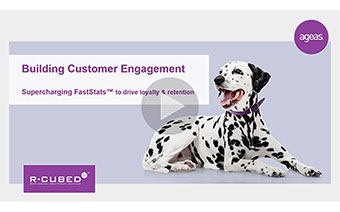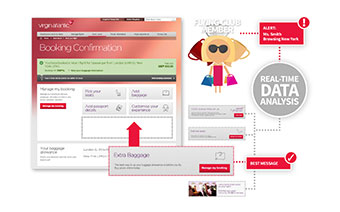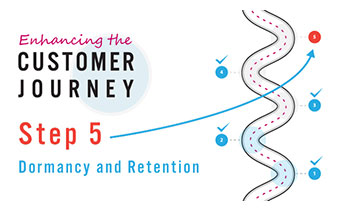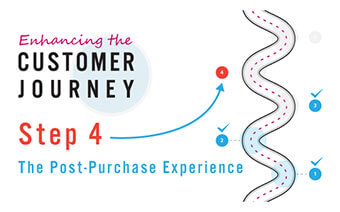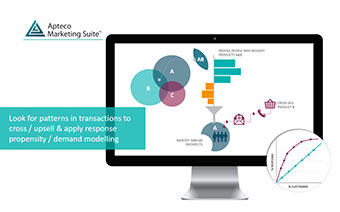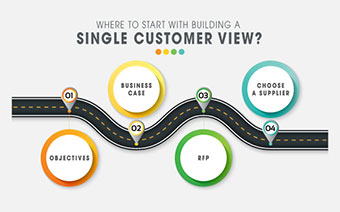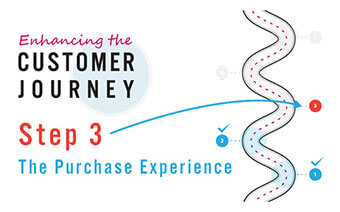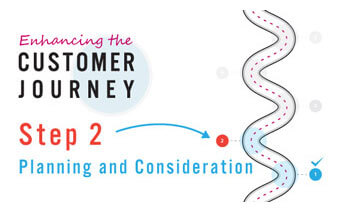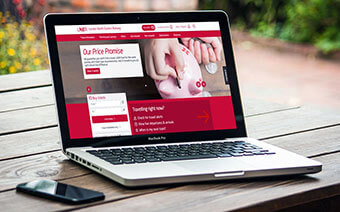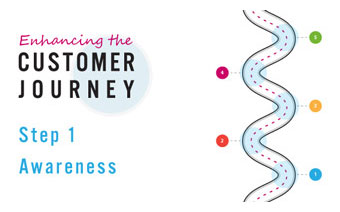Say the words “Sticky Back Plastic” and those old enough, like me, will remember the classic ‘Make your Own…’ projects on Blue Peter.
Some were more ambitious than others (I’m thinking about the famous ‘Tracy Island’ for starters – look it up it’s on Youtube it’s crazy). The point being you could create your own version of something being sold in the shops from stuff that these days you’d find in the recycling bins for free.
Now, knocking up an iphone out of empty washing up bottles and bottle caps is probably going to be a little tricky. But there are still some great modern examples of that same spirit alive and well for our younglings in things like Lego Mindstorm, Raspberry Pi and yes even Minecraft. On that note, it was amazing to read about the ‘Girls in Data’ curriculum being created by Women in Data® and I’m sure there will be all sorts of creative fun being used to inspire the next generation of data and tech leaders.
I know that ‘making stuff work’ is not everyone’s cup of tea, but I consider myself lucky to be part of a team that absolutely thrives on that exact spirit, inventing new ways of doing things, and then proving the value of it all. The idea of prototyping is obviously not lost on today’s digital marketers, they have a plethora of tools that allow them to come up with an idea and test it almost instantaneously – and what’s more, get immediate feedback on its success (or lack of).
But what happens when the thing we want to do doesn’t even exist yet? Or when it requires the CFO to open up the purse strings to near snapping point? In both cases there is a basic need to generate hard evidence that any major investment in data or tech will deliver the required returns.
Honestly, I’ve seen many marketing teams go starry eyed over the latest must have ‘shiny’ piece of Martech kit. If you find yourself with an elevated heart rate after discovering a slicker way of interacting with customers and personalising their experience in real-time.. (as an example) you are definitely not alone. But here are two truths to help you take a chill pill:
1) It’s not what you’ve got but what you do with it that counts. I know, I know and I’m really, really sorry to put that phrase out there – but in this case it is actually so true. Having the capability to do clever stuff and managing to actually drive it, (to deliver incremental profit and higher customer retention), are two very separate things. Bottom-line, many companies are not empowered enough yet with their customer data to make use of some of the investments they make (there I said it). What’s more, with the current skills gap – finding the right expertise to get into the driving seat needs consideration, or you could end up with some expensive virtual ‘shelfware’.
2) It’s just a demo – Fact is, it might be all smooth and look amazing during a demo, but what about when it is in your own environment? What integration issues will you have, what gaps will it leave and what other issues could it actually create? Even recently I have been left speechless at discovering the sheer plethora of Martech solutions licenced in one single organisation – many purporting to be the one stop shop solution! If you find you have Microsoft, Google, Salesforce and a host of other journey orchestration / CRM tools to boot – then trust me – someone in your organisation probably likes demos. By the way, you’ll also know if you have one of those people in your organisation if you have no marketing budget left to do any actual marketing.
So, now we’ve calmed down a bit, whether you are developing something new from scratch or trying to buy the latest kit, you are going to need hard evidence before raiding the piggy bank. Here are three elements of prototyping that help you get that:
Quantify it!
“Build it and they will come” is a phrase never heard in a business case board presentation. So, you are going to have to do your level best to estimate the financial impact that your new project or kit will deliver. Top Tip: There is no substitute whatsoever for hard evidence from actual activity undertaken by your own business. So how do you do that?
Bring the Pain
OK – maybe that is a little harsh, but rather than focusing on new opportunities that your new ‘thing’ will bring, instead show the existing problem it will solve. If you can robustly demonstrate, you have a customer value drain, or that your ATV is on a ski slope, or you have a conversion issue – than it is highly likely that the C-Suite will soon be asking “So what can we do about it?” Anyone who knows R-cubed will be familiar with our ‘Meet Your Customers’ project – guaranteed to spark debate at your next senior management meeting. Winning the opportunity to innovate can be a struggle sometimes, often you have to fight for it and adjust the focus, but it it important to hold onto that spark and stay ahead of the pack and of course make sure ‘customer’ is clearly visible at the heart of the project.
Proof of Concept
‘Proof of Concept’, the three words guaranteed to get vendors looking for the exit door lickety-split . If that doesn’t work, try adding a fourth – “Free”. ok, ok there might be some costs to bear here, but can you find a partner/integrator to share that investment with you? Yes you can, especially if that partner already has hands on experience getting it all to work successfully with others like you. If they have, ask them for some useful numbers like ‘% uplift achieved’. A small word of warning though, a successful POC may not necessarily guarantee you a result. Case in point: despite pioneering the use of individual level customer data to power real-time web personalisation, and despite demonstrating the six figure returns possible, the initiative did not actually make it across the line – why? Well, it’s worth keeping an eye out for starry eyed executives from different teams having ‘shiny demos’ whilst you are working diligently to generate the evidence for them.
Prototype
Remember the Blue Peter example? Well “Here’s one we built earlier”. Can you actually look at what you are trying to achieve with the new project or tool – I mean a proper look, can you actually breakdown the ‘use cases’ you have? Can you brainstorm them with your own data partner or digital agency? and can you then prioritise which ones are most likely to show a) early results AND b) can be built using the digital equivalent of ‘sticky back plastic’, bottle tops and rubber bands if need be? Point is – you probably only need to evidence one aspect of what you are trying to achieve and with the right people, with the right spirit you can get that done quickly, easily and with little investment. But remember – Keep it Simple!
And above all else – if you are looking for an innovative team of data engineers and data scientists to help you build the business case for your next ‘Tracy Island’ data project – phone Head Cuber: Kate Williams, or contact us here.





















